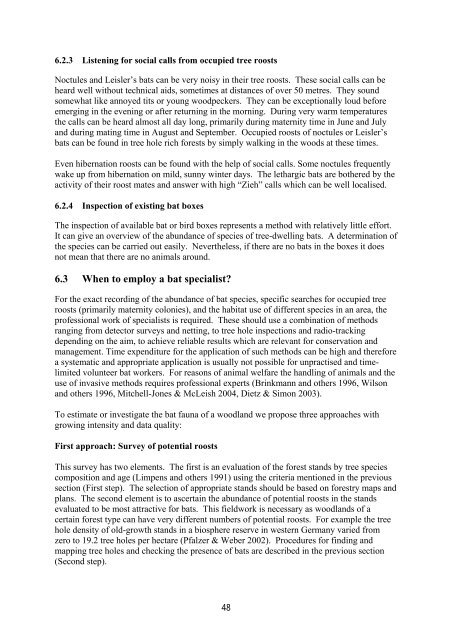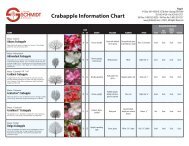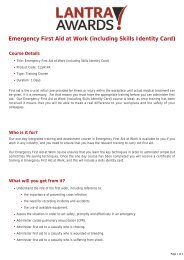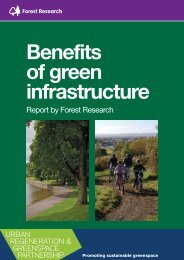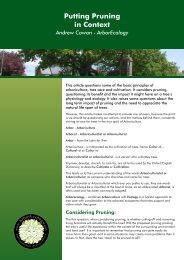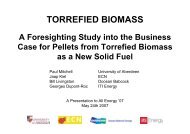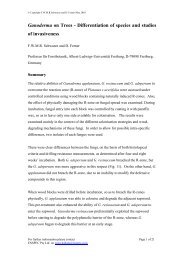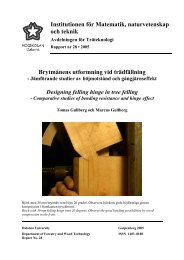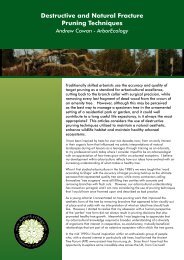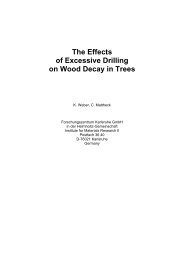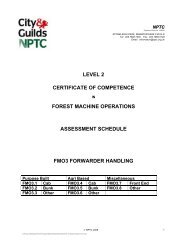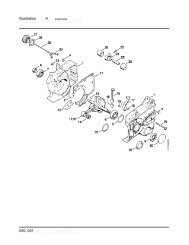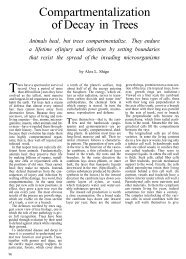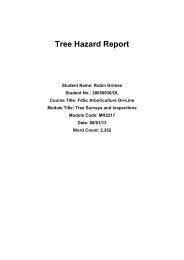working today for nature tomorrow - Justus-Liebig-Universität GieÃen
working today for nature tomorrow - Justus-Liebig-Universität GieÃen
working today for nature tomorrow - Justus-Liebig-Universität GieÃen
- No tags were found...
You also want an ePaper? Increase the reach of your titles
YUMPU automatically turns print PDFs into web optimized ePapers that Google loves.
6.2.3 Listening <strong>for</strong> social calls from occupied tree roostsNoctules and Leisler’s bats can be very noisy in their tree roosts. These social calls can beheard well without technical aids, sometimes at distances of over 50 metres. They soundsomewhat like annoyed tits or young woodpeckers. They can be exceptionally loud be<strong>for</strong>eemerging in the evening or after returning in the morning. During very warm temperaturesthe calls can be heard almost all day long, primarily during maternity time in June and Julyand during mating time in August and September. Occupied roosts of noctules or Leisler’sbats can be found in tree hole rich <strong>for</strong>ests by simply walking in the woods at these times.Even hibernation roosts can be found with the help of social calls. Some noctules frequentlywake up from hibernation on mild, sunny winter days. The lethargic bats are bothered by theactivity of their roost mates and answer with high “Zieh” calls which can be well localised.6.2.4 Inspection of existing bat boxesThe inspection of available bat or bird boxes represents a method with relatively little ef<strong>for</strong>t.It can give an overview of the abundance of species of tree-dwelling bats. A determination ofthe species can be carried out easily. Nevertheless, if there are no bats in the boxes it doesnot mean that there are no animals around.6.3 When to employ a bat specialist?For the exact recording of the abundance of bat species, specific searches <strong>for</strong> occupied treeroosts (primarily maternity colonies), and the habitat use of different species in an area, theprofessional work of specialists is required. These should use a combination of methodsranging from detector surveys and netting, to tree hole inspections and radio-trackingdepending on the aim, to achieve reliable results which are relevant <strong>for</strong> conservation andmanagement. Time expenditure <strong>for</strong> the application of such methods can be high and there<strong>for</strong>ea systematic and appropriate application is usually not possible <strong>for</strong> unpractised and timelimitedvolunteer bat workers. For reasons of animal welfare the handling of animals and theuse of invasive methods requires professional experts (Brinkmann and others 1996, Wilsonand others 1996, Mitchell-Jones & McLeish 2004, Dietz & Simon 2003).To estimate or investigate the bat fauna of a woodland we propose three approaches withgrowing intensity and data quality:First approach: Survey of potential roostsThis survey has two elements. The first is an evaluation of the <strong>for</strong>est stands by tree speciescomposition and age (Limpens and others 1991) using the criteria mentioned in the previoussection (First step). The selection of appropriate stands should be based on <strong>for</strong>estry maps andplans. The second element is to ascertain the abundance of potential roosts in the standsevaluated to be most attractive <strong>for</strong> bats. This fieldwork is necessary as woodlands of acertain <strong>for</strong>est type can have very different numbers of potential roosts. For example the treehole density of old-growth stands in a biosphere reserve in western Germany varied fromzero to 19.2 tree holes per hectare (Pfalzer & Weber 2002). Procedures <strong>for</strong> finding andmapping tree holes and checking the presence of bats are described in the previous section(Second step).48


